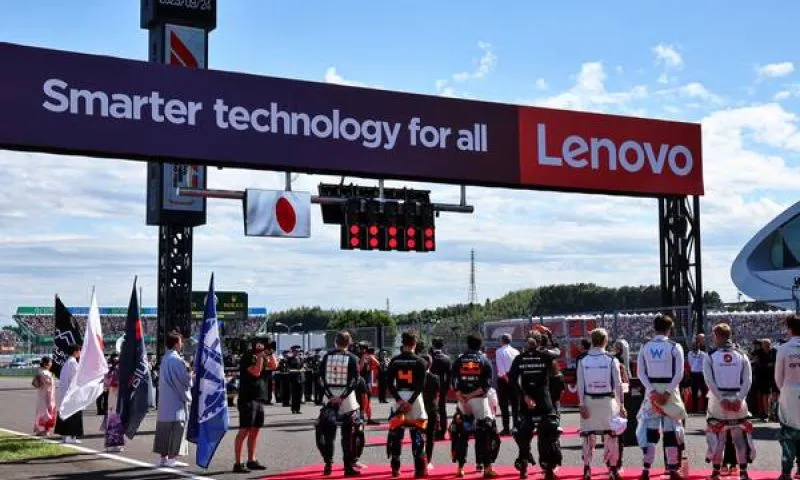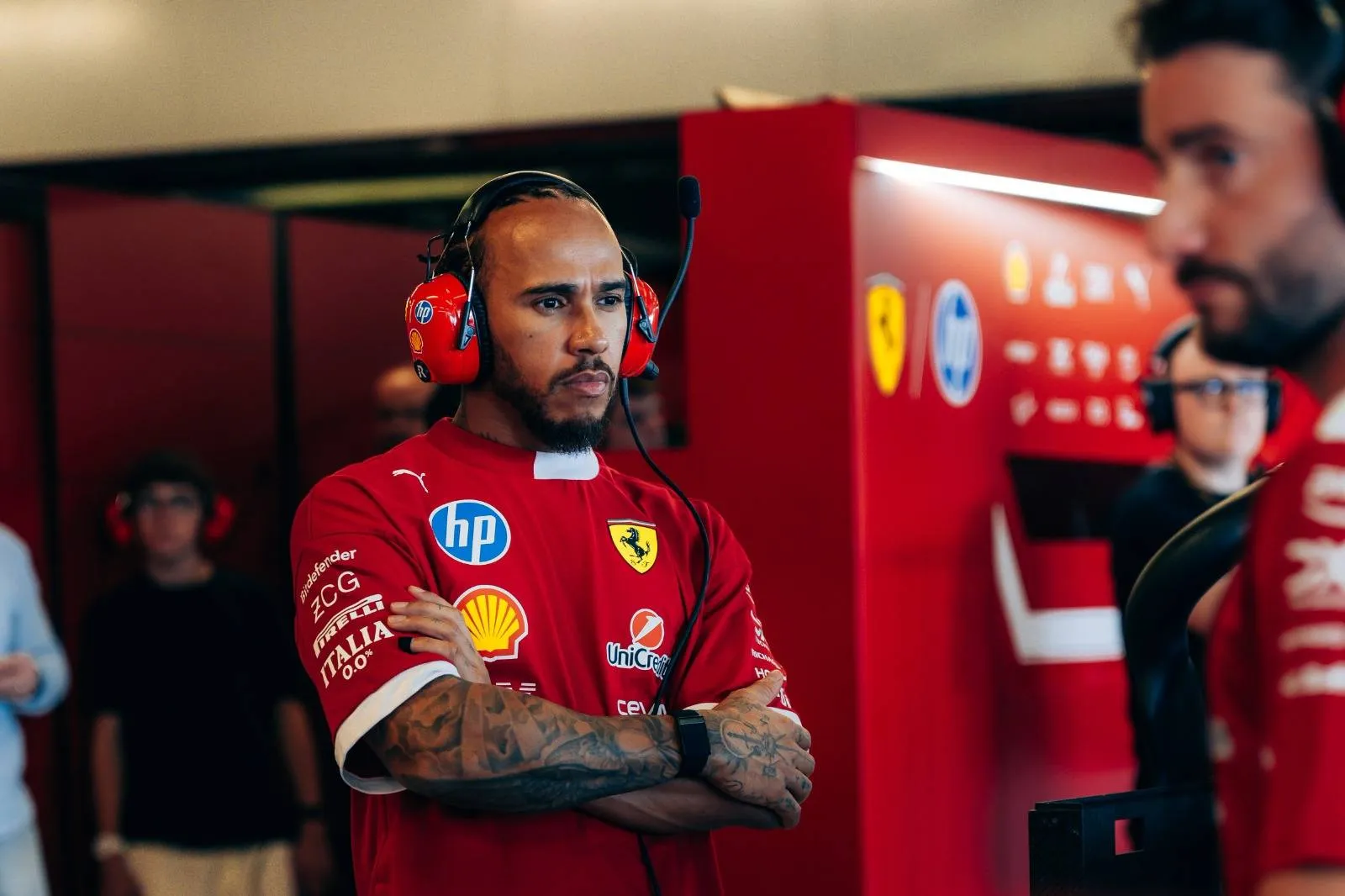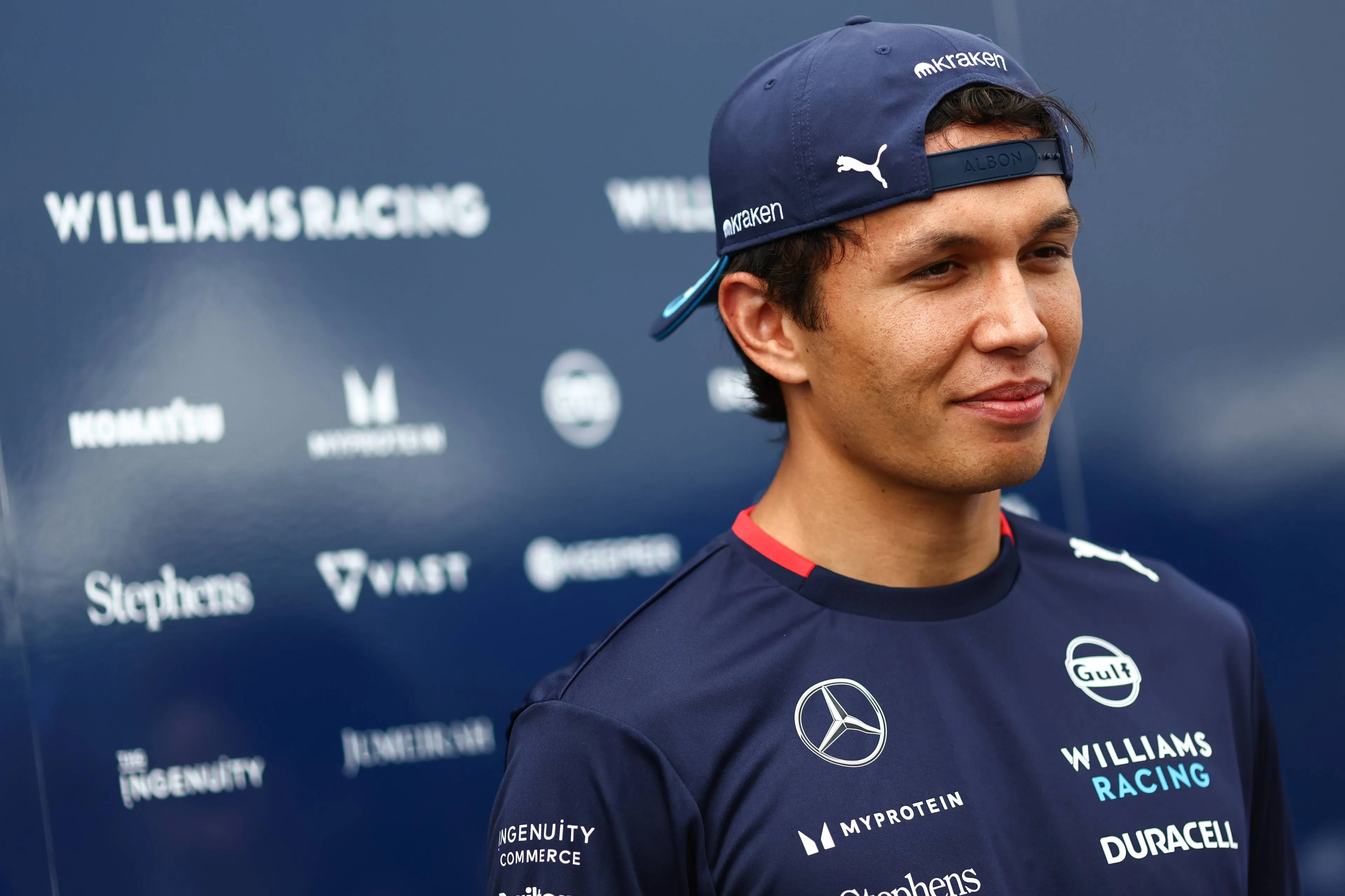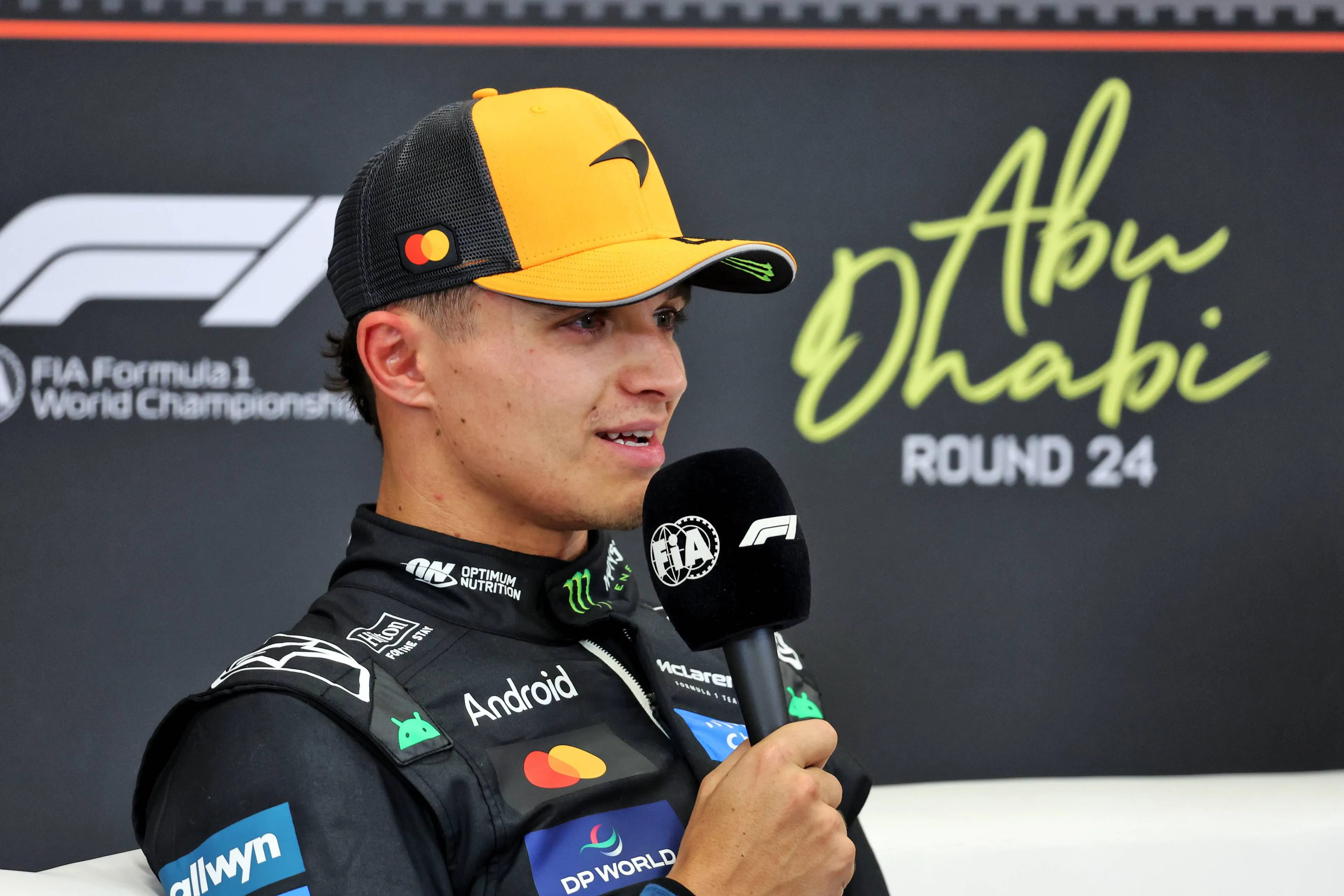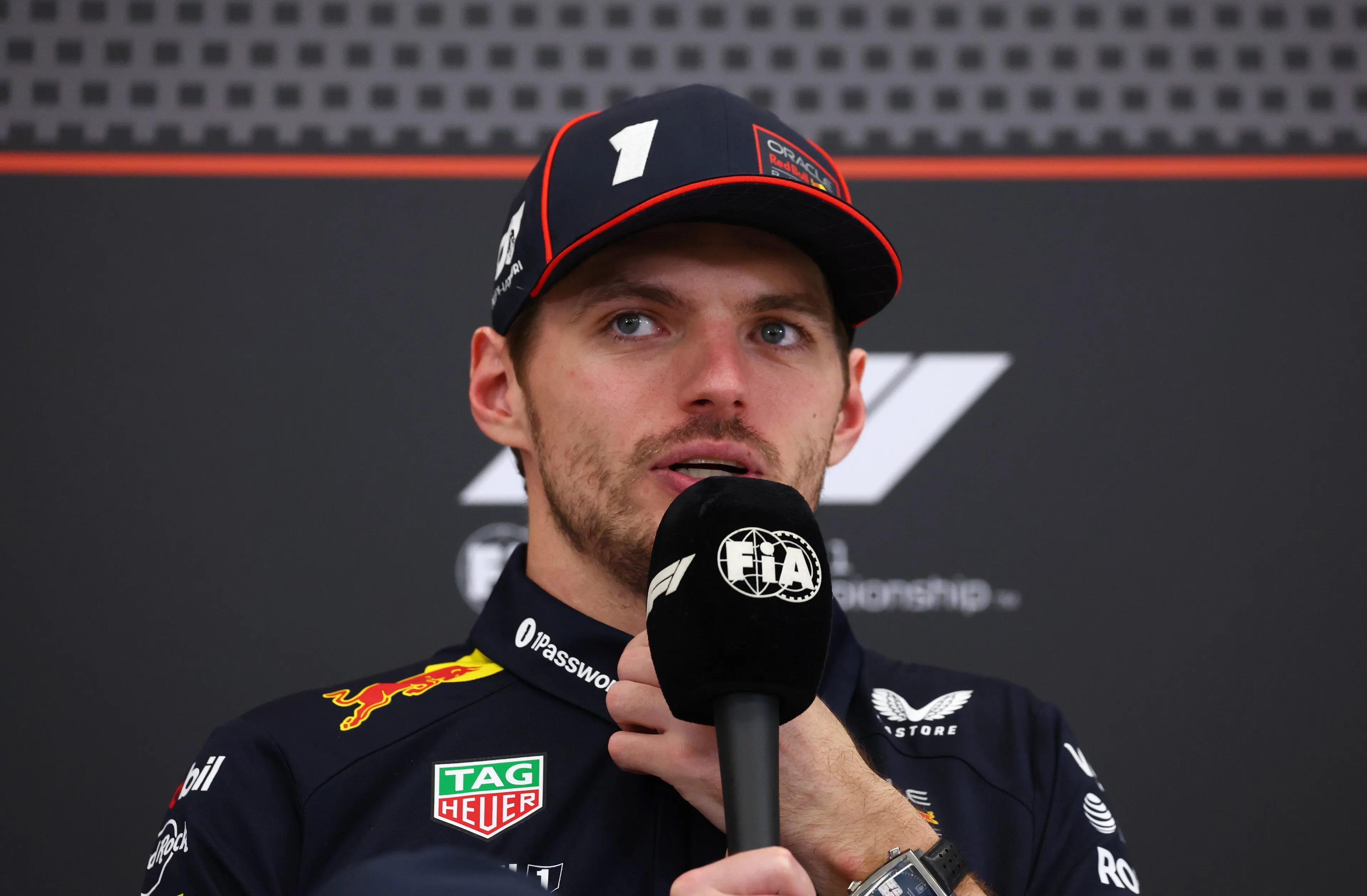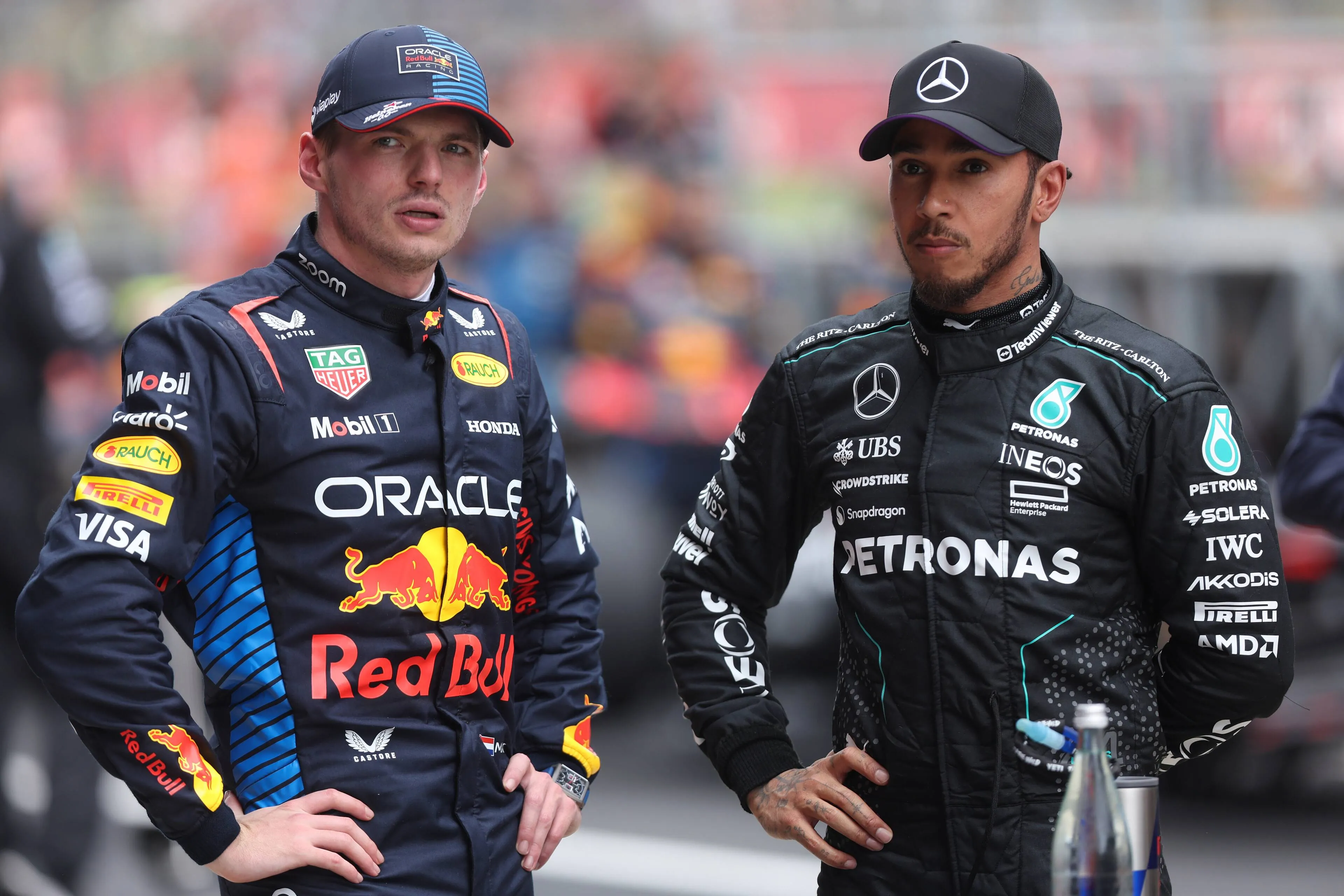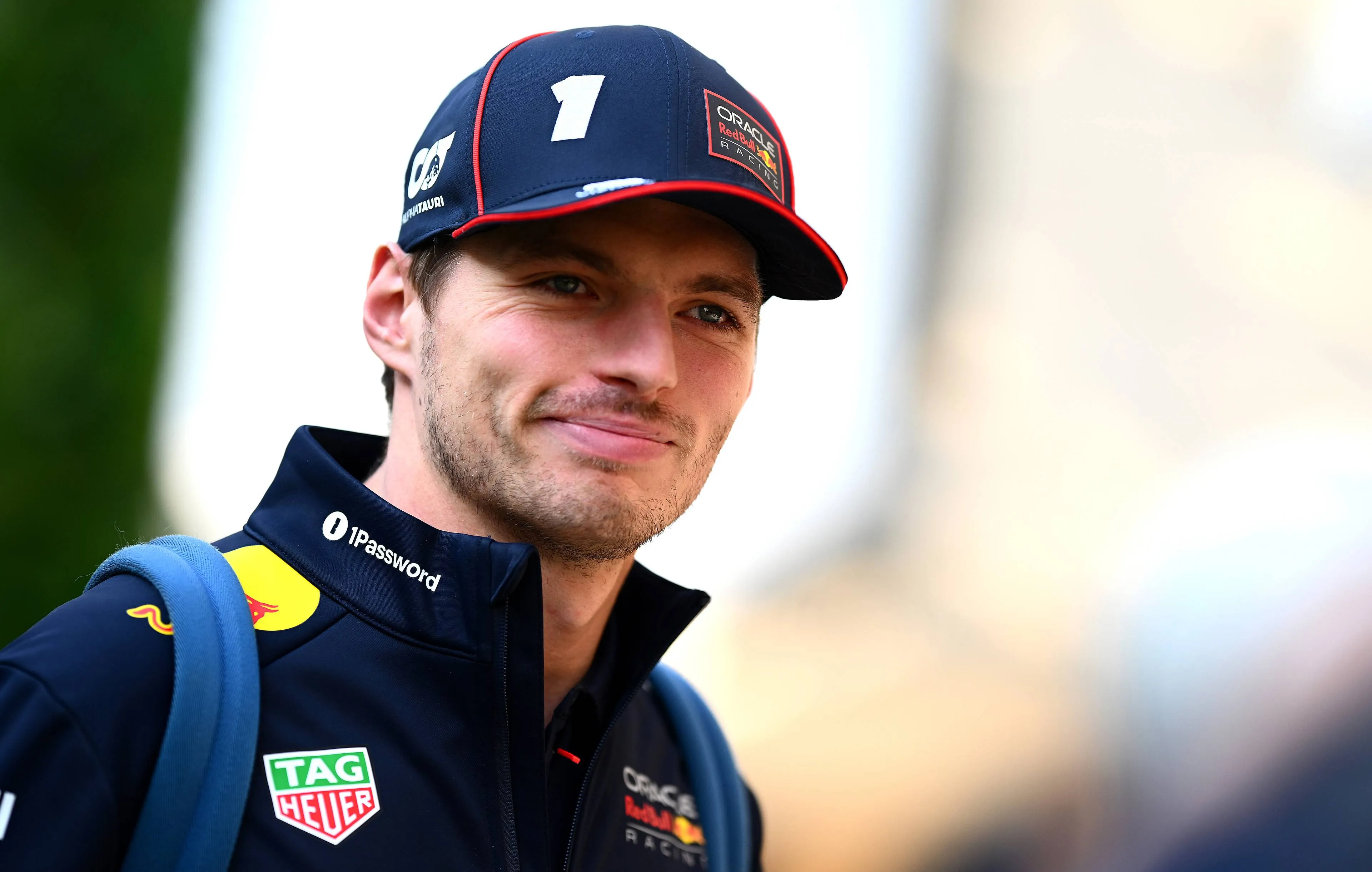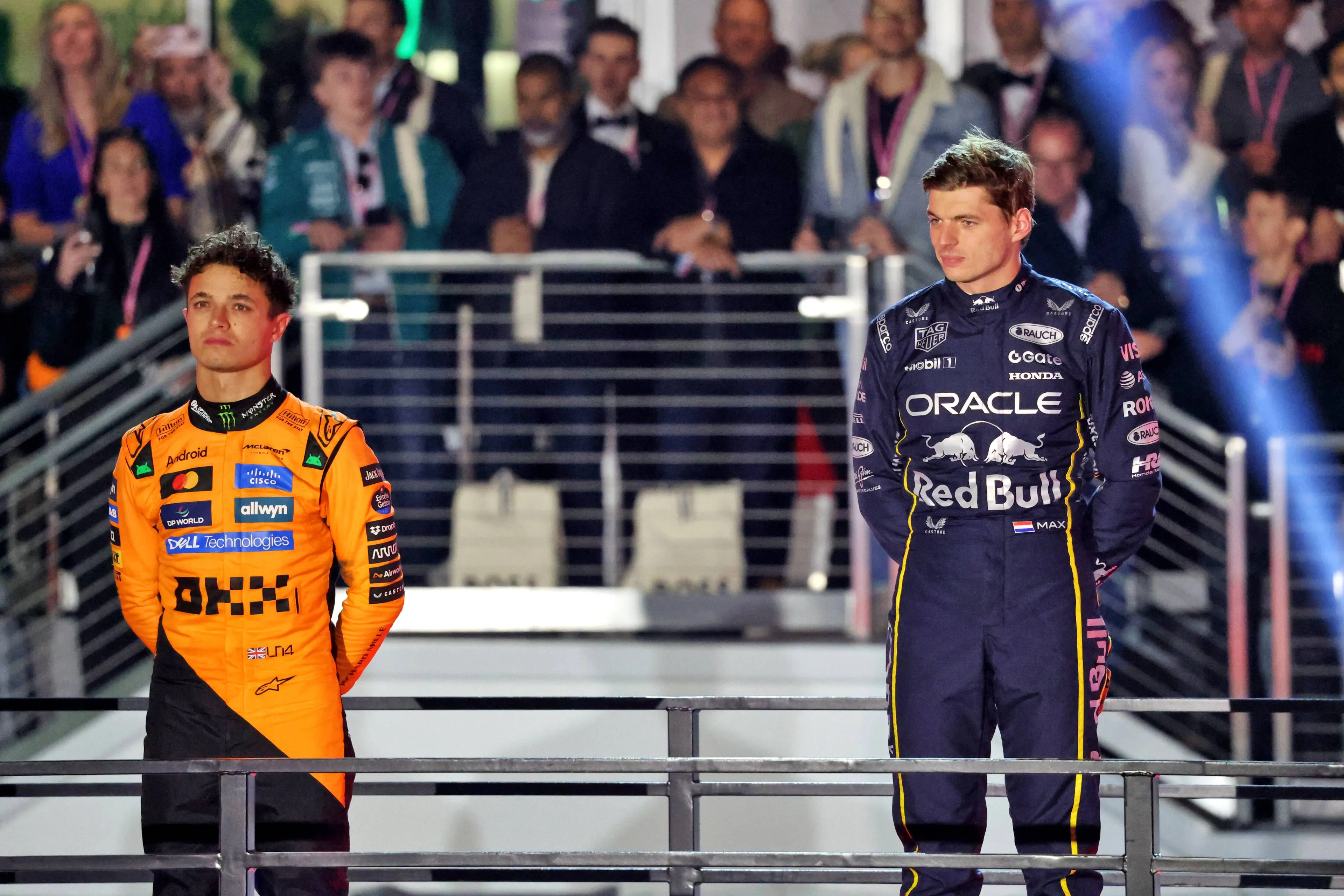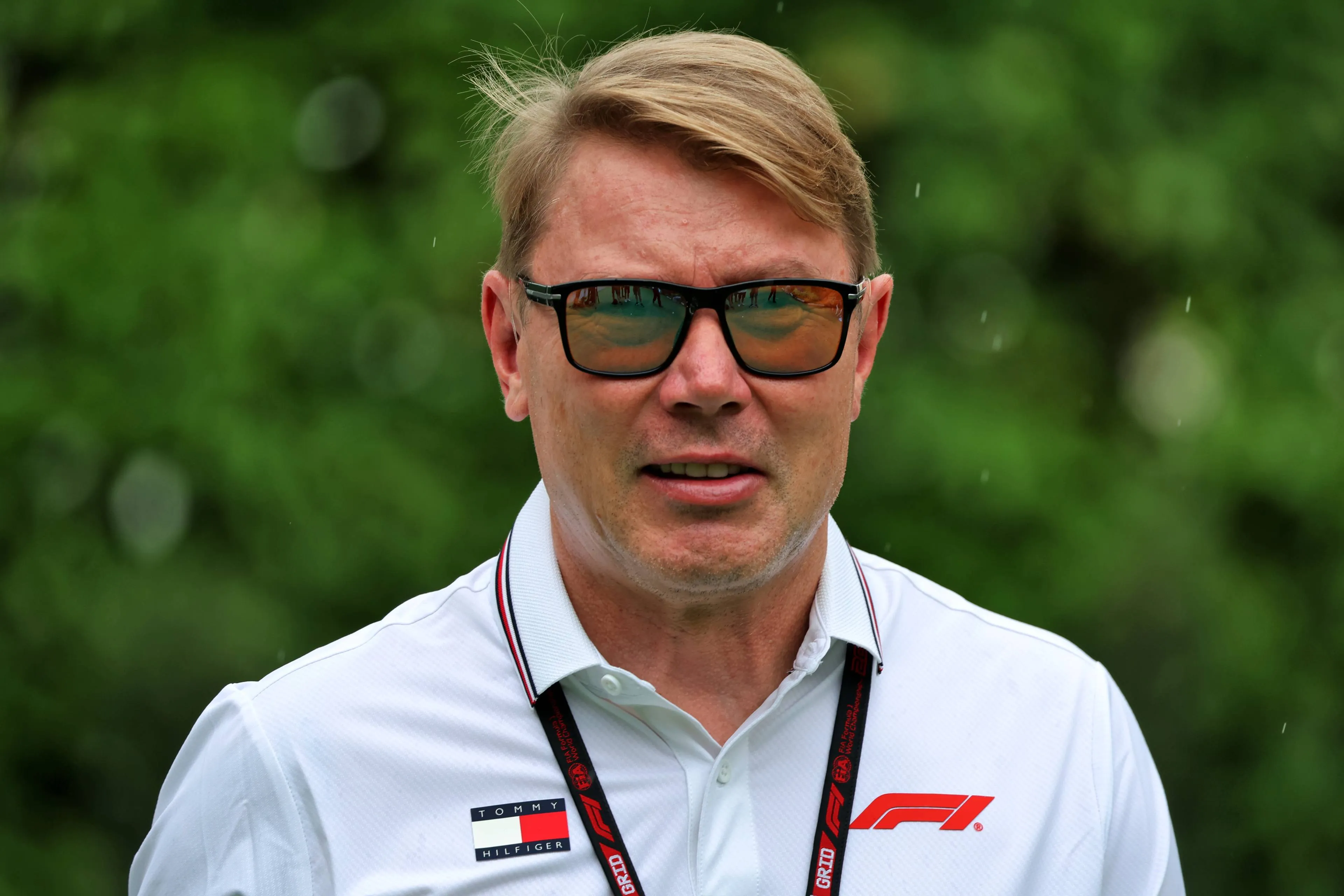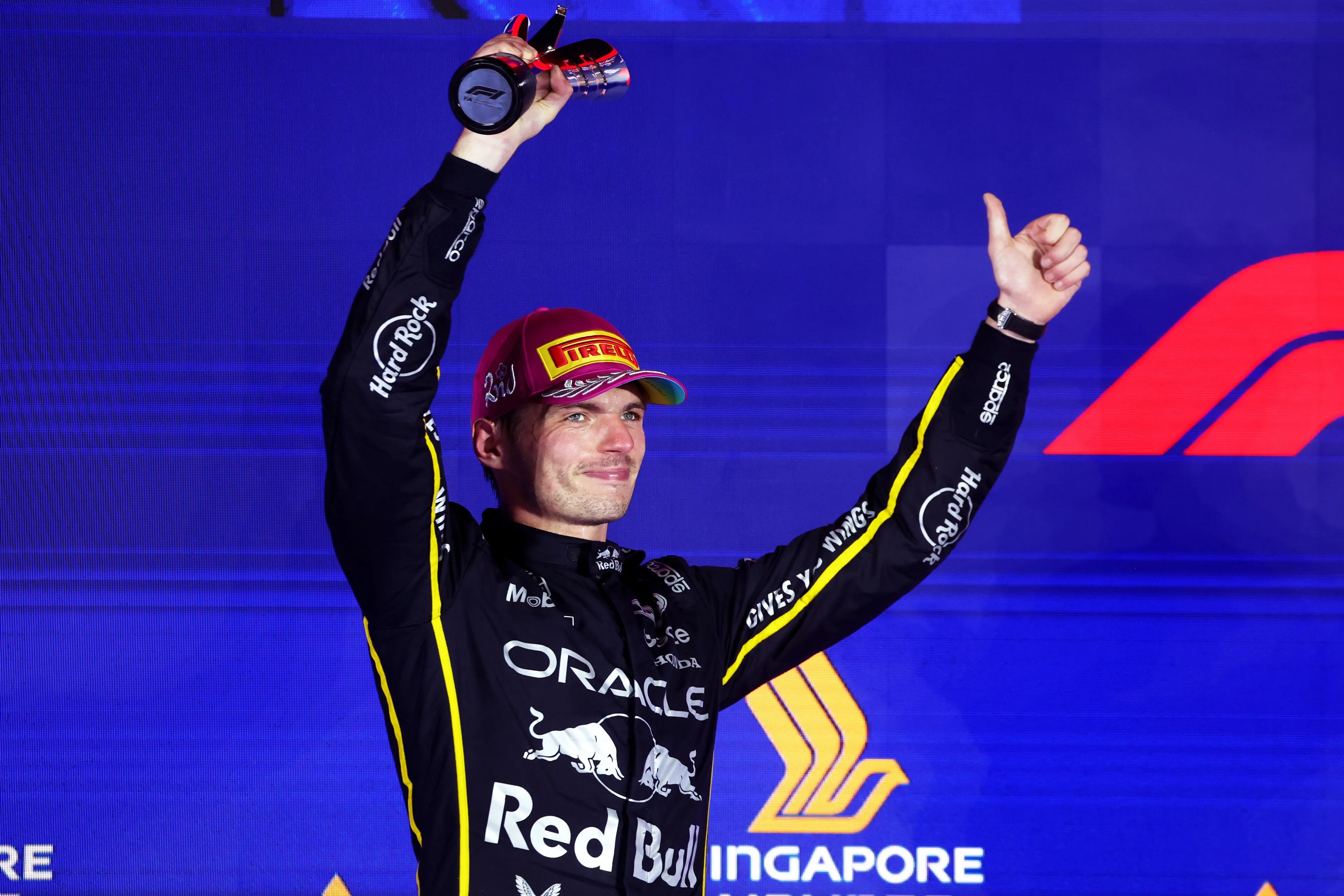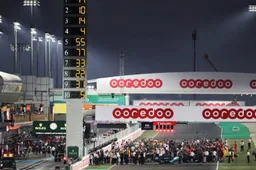F1 is commonly referred to as "the pinnacle of motorsport", but with some of the driver quality it has boasted in the past, this moniker could have been brought into question. With recent changes, however, perhaps the overall talent on display has improved? We take a look at this trend and see whether it will continue into the future.
History
It has been commonly said that “all drivers are pay drivers in F1”. To some extent, this is true. All drivers are beneficiaries of some level of personal sponsorship, some of which is funded into the team, in order to support their competitive activities. It is part of a significant financial sphere that F1 maintains, where the sums of money gained from commercial activities is poured back into the racing side of things, with teams desperate to find a development edge over their rivals.
However, throughout the history of F1, there have been drivers whose entry into F1 has been supported by high levels of personal finance as well. These drivers have gradually garnered a reputation of being drivers of lower calibre, with teams perhaps opting to sign the driver for the short-term income gain in trade for the on-track performance loss. This has left many fans with a cynical perspective at the supposed “elite quality” status that F1 holds, as well as irritation if a far more talented, yet not lucratively backed prospect is left out on the sidelines.
More recently
One could easily argue that we’re seeing the gradual reduction of this phenomenon in Formula 1.
The introduction of the Superlicence points system helped mitigate these effects. Drivers in the supporter racing series now require a certain number of points earned from driver standings positions to qualify them for an F1 race seat. This ensures that consistent performance and quality is recognised. In turn, this places more stringent barriers to prevent drivers with high funding but poor performances from entering the top flight.
The cost cap has also played a significant role as well. With a spending limit currently set at $135 million a season, teams now have a clear upper threshold. This means that the backmarker teams are no longer as desperate to earn and spend the lofty amounts as the higher-ranking teams would in the past. Especially with the robust commercial and marketing side in F1, many teams can make considerable headway into the budget cap and maximise their performance, reducing the necessity of external funding from driver backing. With little leeway in this budget, accidents have now become even more costly as well, potentially damaging investment opportunities in R&D. Therefore, teams can now afford to take a chance on a promising youth prospect or a steady experienced pair of hands rather than a driver who is favoured for their financial strength.
The future
With the new generation of F1 cars and the budget constraints, the sport finds itself in a far more competitive position, especially in the midfield areas. With this, mistakes and poor performances have become even more prominent and visible to all. Considering that teams are now exercising the option of choosing more competitive drivers as well, the overall quality in the grid has arguably improved.
If this trend continues, we could see far more of a focus from teams to carefully opt for new talent instead of opting for ones with major financial benefits. Especially with the new wave of talent making the step up into F3 and F2, the teams are now spoilt for options for their season campaigns. Drivers, now more than ever, have to face the difficult task of hitting the ground running, with very little allowance for error.
Read more about:
Popular on GPBlog
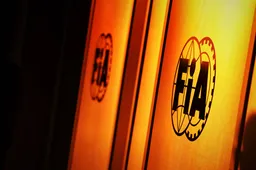
1
F1 teams’ disqualification fears prompt last-minute F1 2026 rule tweak
3530 times read
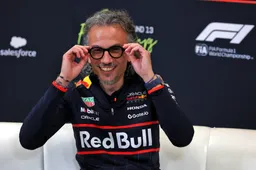
2
Red Bull boss lifts the lid on what pushed him away from Ferrari
1610 times read
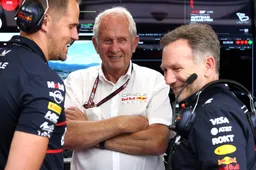
3
Marko goes ruthless, pins Verstappen’s title loss on Horner: 'I’m convinced'
1464 times read
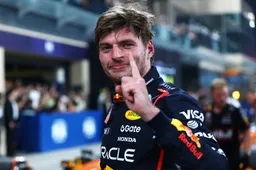
4
Verstappen doubles down on well-known McLaren quip: 'That's just a fact!'
1175 times read
Loading
